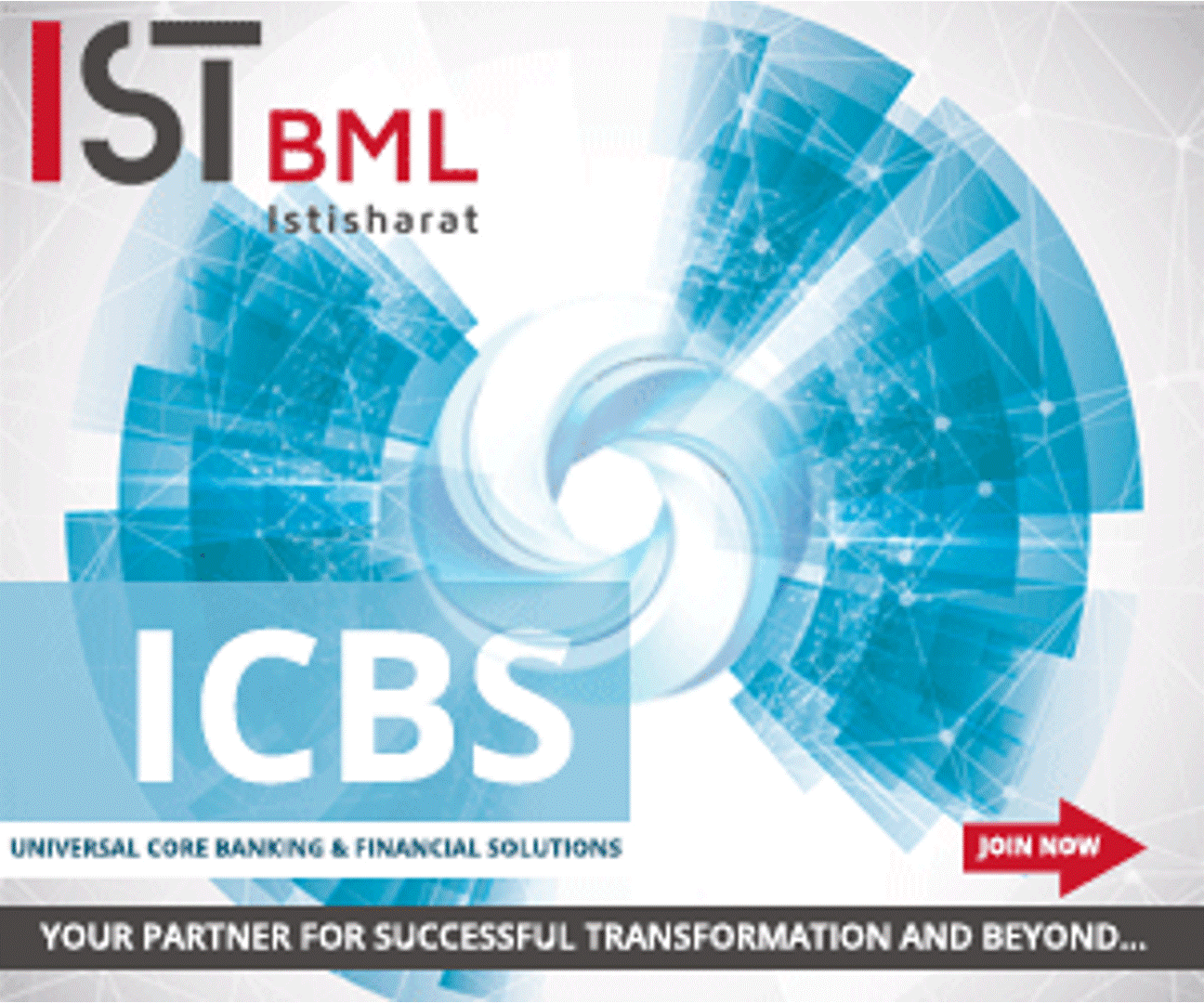 Back
Back
5 key FinTech trends to watch in 2022
By Edlyn Cardoza
 The end of 2021 is here! With the ongoing pandemic, 2020 and 2021 have been primarily dominated by the challenges of digital transformation. Drastic bumps in firms of swapping systems to digital platforms, working remotely, and devising user-friendly products and services that retained customers during the lockdowns seem to now calm down. FinTech companies specifically have seen a boom.
The end of 2021 is here! With the ongoing pandemic, 2020 and 2021 have been primarily dominated by the challenges of digital transformation. Drastic bumps in firms of swapping systems to digital platforms, working remotely, and devising user-friendly products and services that retained customers during the lockdowns seem to now calm down. FinTech companies specifically have seen a boom.
Several transformations continue to occur, while many more still require rationalising. But parity has been reached, which means innovation will continue to transform and build for its own sake rather than develop due to crisis.
Abdul Naushad, President and CEO, Buckzy, stated: “The on-going uptake by consumers of new ways to access and use financial services requires a complete rethink from traditional financial providers. Consumers are driving change on an unprecedented scale because of new technology and broader societal trends. It goes without saying that the pandemic has changed the way we live, work and buy. This in turn is impacting traditional banks and fintechs alike, who need to identify new solutions to deliver competitive advantage. We see five core trends driving that change as we move into 2022 and beyond.”
Rise of Digital/Neo banks: Banking has traditionally been a monopoly with high barriers to market entry. But the relaxation of regulations in countries around the world has paved the way for neobanks to take the initiative and attract customers with the promise of lower fees, convenient mobile banking and improved customer experience that removes in-store banking. That’s why, according to Statista, the neobank sector was valued at $30+ billion in 2020 and is projected to grow at a Compound Annual Growth Rate of 47.7% over the next eight years. Neobanks are also attracting the unbanked customers with a combined purchasing power of $1.2 trillion. As more of the world’s population gets online, expect digital banking to move ahead of in-store services.
Real-time cross border payments: Approx. 40% of large enterprises in the US have already adopted real-time payments, and this percentage is set to rise, according to Levvel Research. Elsewhere in other countries and regions, approximately 50 real-time payment schemes are now up and running. Demand is high for the immediacy of payment settlement, which delivers a competitive advantage for businesses, reduces the risk for payment failure, and improves cash flow efficiency. As domestic schemes become more established and popular, expect real-time capabilities to extend to cross-border payments.
Open Banking: During the pandemic, our reliance on digital payments and self-service banking confirmed the need for banks to become more digital. Open banking is an API enabled, a technology-driven approach that allows banks and other providers to seamlessly deliver financial services using aggregated and authenticated customer data. FinTech companies everywhere are incorporating open banking standards into their products and services. Banks that don’t embrace open banking will limit their capabilities to better service their clients and limit their growth opportunities.
Artificial Intelligence (AI) and Machine Learning (ML): Machine learning applications enable the processing of large amounts of data sets and reaching valuable conclusions which, by using its algorithms, can drive effectiveness and provide efficiencies, including time-saving opportunities. It analyzes patterns in real-time, enabling quick decisioning. Many financial services applications already use AI/ML today for everything from fraud detection, lending approvals, and AML screening to risk monitoring and investment predictions. Machine Learning is constantly evolving, and FinTech will continue to be one of the leading industries to benefit from the power of AI/ML.
Emergence of Banking-as-a-Services: In recent years, Banking-as-a-Service (BaaS) platforms and services have emerged as a cost-effective and efficient way for delivering financial services using open banking concepts. Banks must adopt a service-oriented and composable/modular architectural approach in delivering new and innovative digital services. BaaS is a critical component for traditional banks and financial institutions on their digital transformation roadmap. Expect many more legacy financial institutions to collaborate with FinTech companies by using BaaS services to bring innovative tech in-house and enhance their offerings.
These trends will accelerate the growth and development of the financial industry and will cater to consumers new expectations.
“As technologies and markets mature over the next 12 months, these core trends will create an environment for further innovation and the emergence of new business models in financial services. They create global opportunities for banks and fintechs to cooperate and extend their offerings globally in payments, lending, digital banking, instant credit and more,” concluded Naushad.
Also read: Testing & QA for NextGen Bank Tech Q2 2025IBSi FinTech Journal

- Most trusted FinTech journal since 1991
- Digital monthly issue
- 60+ pages of research, analysis, interviews, opinions, and rankings
- Global coverage
Other Related News
Related Reports

Sales League Table Report 2025
Know More
Global Digital Banking Vendor & Landscape Report Q2 2025
Know More
NextGen WealthTech: The Trends To Shape The Future Q4 2023
Know More
Intelligent Document Processing in Financial Services Q2 2025
Know More


